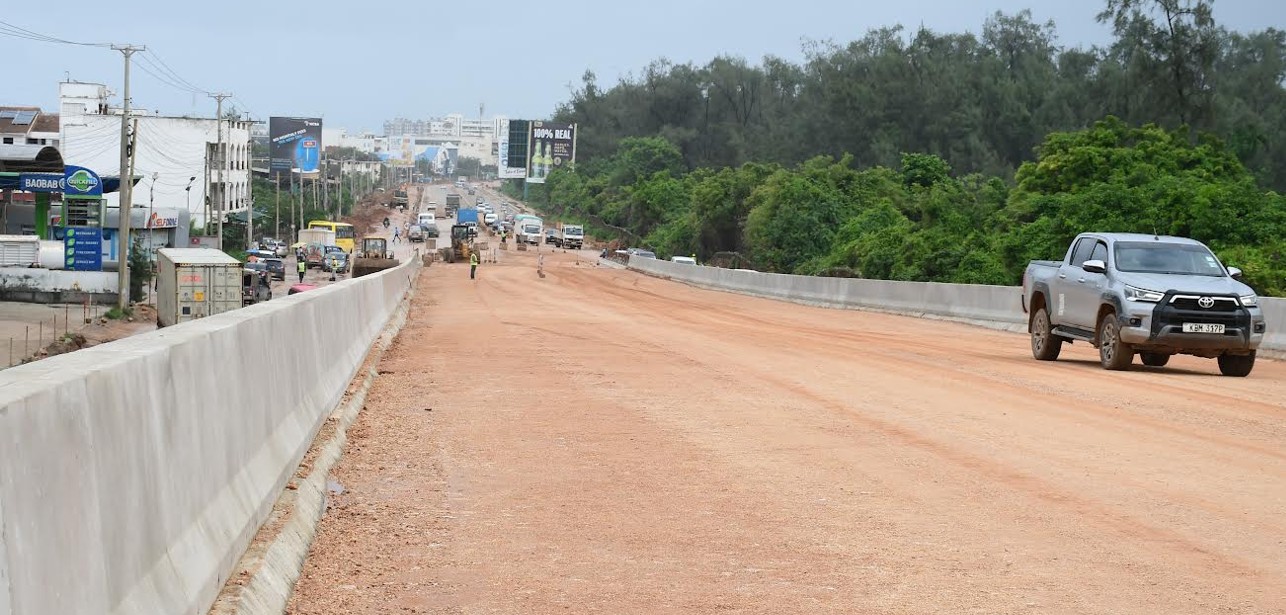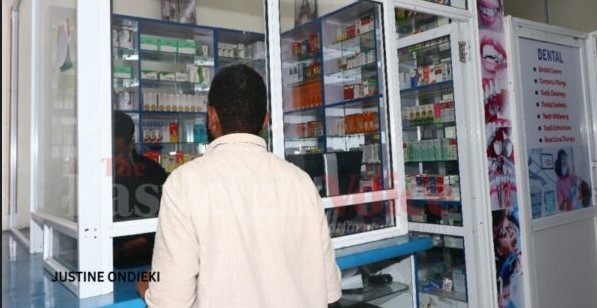Born too soon: The hidden burden of preterm birth, fight for survival

There are several factors that can increase the likelihood of delivering prematurely. These include lifestyle choices, substance or drug abuse, climate-related stress, including extreme temperatures and pollution, and missing recommended antenatal care visits
Giving birth too soon leaves lasting scars on mothers - scars of fear, uncertainty, and emotional weight that few are prepared to carry.
For Ruth Kirimi, not her real name, this reality unfolded in ways she never expected. Unlike her first two pregnancies, this one was difficult from the very beginning.
More To Read
- Africa’s hidden stillbirth crisis: New report exposes major policy and data gaps
- Ruto orders all hospitals to report every maternal and child death
- Governors decry Health Ministry’s move to deny maternity funds to dispensaries
- MPs pass historic Bill regulating fertility treatments and surrogacy
- Ministry of Health announces measures to reduce maternal, newborn deaths
- MPs back Bill banning commercial surrogacy, sale of human embryos
Kirimi had lived with type 2 diabetes for more than a decade, and as her health declined and the pain intensified, doctors recommended an early C-section at about 35 weeks. All her tests showed that the baby was healthy, but after a complicated delivery, her son arrived unable to breathe.
She will never forget the look in the doctors' eyes as they struggled to help her baby take his first breath. Within minutes, he was rushed to the ICU. His tiny lungs were simply not ready for the world.
"The news that my baby's lungs were not functioning well hit me so hard," she recalls. "I couldn't even hold him because I was still recovering from the C-section. My wound won't heal because of my diabetes."
Her newborn spent more than a month on oxygen support before his lungs could finally work on their own, but due to her open wound that refused to heal, she could only look at the baby and express the milk
Meanwhile, her own healing journey was long and agonising. Her surgical wound remained open, refusing to heal. Her appetite was poor, making it difficult to take her medication.
Doctors placed her on insulin twice a day, but the injections were excruciating. When her thighs became too sore, they switched to her abdomen, but the pain only continued.
"The injections became unbearable," she says. "I was losing so much weight, my baby wasn't improving, and my body wasn't producing enough milk. How was I supposed to feed him?"
Just as she thought things were stabilising, another blow came, her baby stopped feeding well and became unusually restless, and the infection grew severe, but fortunately, he was stabilised, and after a while, they were both discharged to continue care at home
Though she feels fortunate to have given birth in a well-equipped hospital, she cannot help but wonder, "What if she hadn't? Would her baby have survived? And what happens to mothers who cannot afford such care?"
According to Jalemba Aluvaala, Senior Lecturer, Department of Paediatrics and Child Health, University of Nairobi, and a leading expert in newborn health, preterm birth is not a single, uniform condition. Instead, it exists on a spectrum, and the risks vary widely depending on how early a baby is born.
Dr Aluvaala explains that preterm babies are grouped into the following categories: extremely preterm, born before 28 weeks, very preterm, born between 28 and 32 weeks, moderately preterm, born between 33 and 34 weeks, and late preterm, born between 35 and 37 weeks.
In addition to these categories, Dr Aluvaala highlights another vulnerable group, babies who may be born at term but are significantly underweight or small for their gestational age (SGA). These infants may have faced growth restrictions in the womb and, therefore, carry many of the same risks faced by preterm babies.
He notes that preterm birth can occur in two major ways: spontaneous preterm birth, where labour begins on its own and medically induced preterm birth, when doctors intervene due to complications threatening the life of the mother or child.
 Dr Jalemba Aluvaala. (Photo: Justine Ondieki)
Dr Jalemba Aluvaala. (Photo: Justine Ondieki)
There are several factors that can increase the likelihood of delivering prematurely. These include lifestyle choices, substance or drug abuse, climate-related stress, including extreme temperatures and pollution, and missing recommended antenatal care visits
Kenya's antenatal guidelines recommend eight visits, with at least four as the minimum. These visits are essential, he emphasises, because they allow healthcare providers to detect preventable or manageable conditions such as pre-eclampsia and gestational diabetes, two major contributors to preterm delivery.
"When identified early," he says, "these complications can be controlled, significantly improving outcomes for both mother and baby."
Teenage mothers also face elevated risks of preterm birth.
Dr Aluvaala explains that young mothers' bodies may not yet be fully developed to carry a pregnancy safely to term. Additionally, many adolescents live in challenging environments marked by limited access to proper nutrition, healthcare, and emotional support.
"For teenage mothers," he stresses, "guardians and families must ensure they attend antenatal clinics. Their biological vulnerability and their social environment place them at greater risk."
In Kenya, 1 in every 10 babies, about 12 per cent, is born preterm. Despite these sobering statistics, Dr Aluvaala acknowledges that the country has made meaningful progress.
"Newborn units are now better equipped," he says. "We are implementing evidence-based practices to care for preterm babies, and we have categorised levels of care, from basic stabilisation to intensive care, for those with severe complications."
However, he also notes that progress must continue.
"Given our estimates, about 20 per cent of neonatal deaths per live birth are associated with complications of prematurity," he explains. "Around 30 per cent of these deaths occur within the first seven days, which is the most fragile period."
Preterm babies face numerous challenges because their organs are not fully developed at birth.
"The mortality we see in the first week," Dr Aluvaala explains, "is often linked to breathing difficulties, inability to keep warm, and infections—issues that fully developed babies handle much more easily."
But he also emphasises that advancements in neonatal care mean more preterm babies are surviving than ever before.
"The challenge now," he says, "is ensuring these children are followed up as they grow. Many preterm babies later face developmental delays, learning difficulties, vision or hearing challenges, or chronic health problems. Our health system must support them beyond the newborn period."
Dr Aluvaala explains that while all preterm babies face risks, the level of danger increases the earlier a baby is born.
"The more premature a baby is, the less developed the organs are, and the more support that child will require," he says. "Our healthcare system has the capacity to care for these infants, but extremely premature babies remain very high-risk."
He adds that babies born between 34 and 37 weeks are often treated like full-term babies if they show no major complications and may be discharged home earlier.
However, they are not entirely without risk.
"We suspect that late-preterm babies face challenges," he says. "They may struggle with breastfeeding and can be more likely to be readmitted to the hospital."
According to the United Nations Children's Fund (UNICEF) and the WHO, approximately 13.4 million babies were born preterm in 2020.
In Kenya, the neonatal mortality rate is 21 deaths per 1,000 live births, nearly twice the Sustainable Development Goal target. Neonatal deaths account for 51 per cent of all under-five mortality and 66 per cent of infant mortality, a notably high proportion, with prematurity remaining the leading cause of these deaths.
Top Stories Today











































